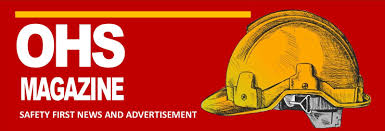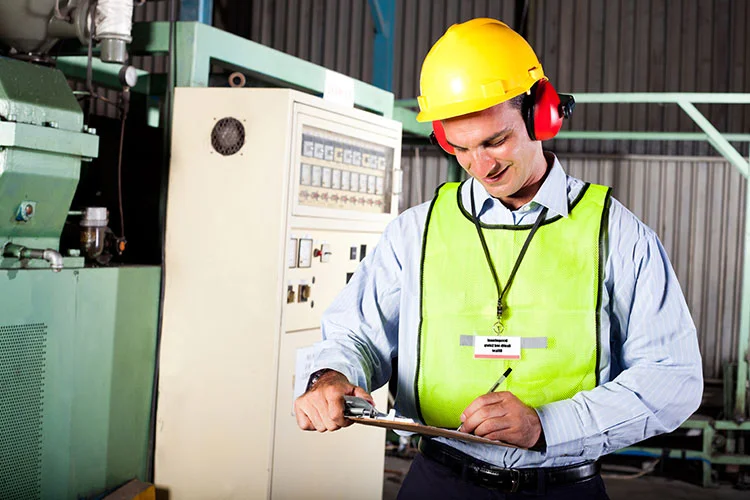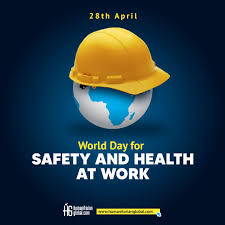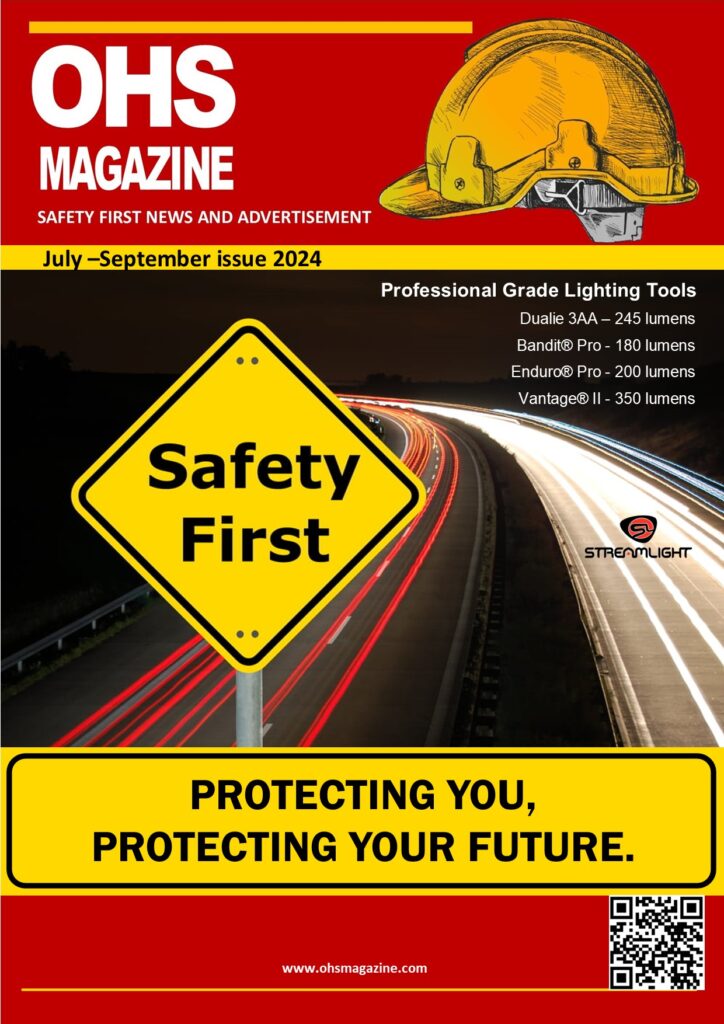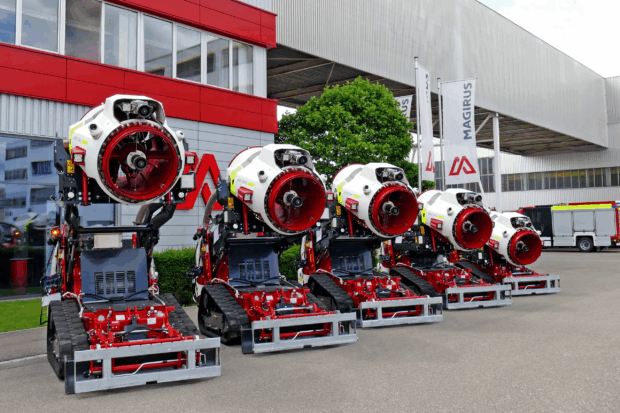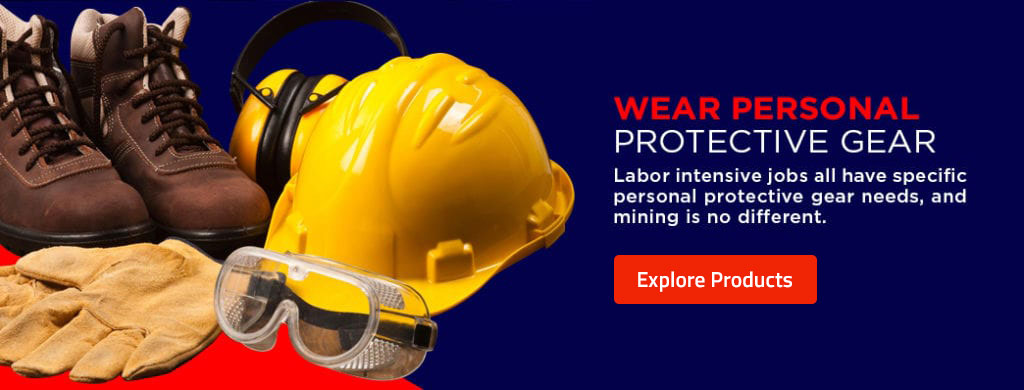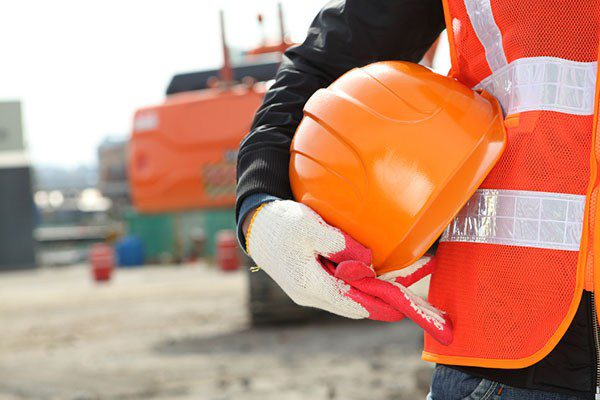By OHS Magazine Staff Writer on Industrial Hygiene
August 3, 2024
Industrial hygiene professionals face numerous challenges in ensuring the health and safety of workers, one of the most significant being the management of confined spaces. These areas, which include tanks, silos, storage bins, vaults, and pipelines, are not designed for continuous occupancy and often present unique hazards that can be deadly if not properly managed.
Understanding Confined Spaces
A confined space, as defined by the Occupational Safety and Health Administration (OSHA), is any area with limited means of entry and exit, not intended for continuous employee occupancy, and large enough for a worker to enter and perform tasks. The inherent risks associated with confined spaces include hazardous atmospheres, engulfment, entrapment, and other physical and chemical dangers.
The Silent Threat: Hazardous Atmospheres
One of the most insidious dangers in confined spaces is the presence of hazardous atmospheres. These can include toxic gases, flammable vapors, and oxygen-deficient environments. Industrial hygienists are tasked with conducting thorough atmospheric testing before and during entry to ensure that conditions remain safe. This often involves the use of sophisticated gas detection equipment and continuous monitoring systems.
Training and Preparedness
Proper training and preparedness are critical for anyone entering a confined space. Workers must be trained in hazard recognition, emergency response, and the use of personal protective equipment (PPE). According to OSHA, a comprehensive confined space entry program must include:
- Identification and Evaluation: Recognizing and assessing the hazards associated with specific confined spaces.
- Permit System: Implementing a permit system that authorizes entry only when specific safety conditions are met.
- Monitoring: Continuous monitoring of atmospheric conditions and other potential hazards.
- Emergency Planning: Developing and practicing rescue plans to respond quickly in the event of an incident.
Technological Advancements
Advances in technology are aiding industrial hygienists in managing confined space hazards more effectively. Innovations such as remote monitoring systems, robotic inspections, and enhanced PPE are providing new ways to reduce risk and improve safety outcomes. For example, drones and robotic devices can now be used to inspect confined spaces remotely, minimizing the need for human entry and exposure.
Case Study: Success through Vigilance
A recent case study highlights the importance of rigorous confined space safety protocols. At a chemical manufacturing plant, a worker’s quick thinking and adherence to training saved a colleague’s life. When atmospheric monitors detected a sudden spike in toxic gas levels, the worker immediately initiated an evacuation and alerted emergency responders. The incident underscored the critical role of continuous monitoring and rapid response in preventing fatalities.
Conclusion
Confined spaces present unique and serious challenges in industrial hygiene. Through proper training, advanced technology, and strict adherence to safety protocols, the risks associated with these environments can be managed effectively. As industries continue to evolve, so too must the strategies and tools employed by industrial hygienists to protect workers in these perilous spaces.
For more detailed information and guidelines on confined space safety, visit OSHA’s website or consult with certified industrial hygiene professionals.
About OHS Magazine:
OHS Magazine is a leading publication dedicated to occupational health and safety, providing industry professionals with the latest news, research, and insights to help maintain safe and healthy work environments.
Contact Information:
For media inquiries, please contact:
OHS Magazine
5 Barbet Street Halfway Gardens Midrand
Email: in**@*********ne.com
Phone: +2762 733 6454
Stay Connected:
Follow OHS Magazine on social media for updates and safety tips:
Twitter: @OHS_Magazine
LinkedIn: OHS Magazine
Facebook: OHS Magazine
